Nilagang Baka is the ultimate comfort food! This Filipino-style boiled soup with fork-tender beef shanks, tendon, and vegetables is hearty and tasty.
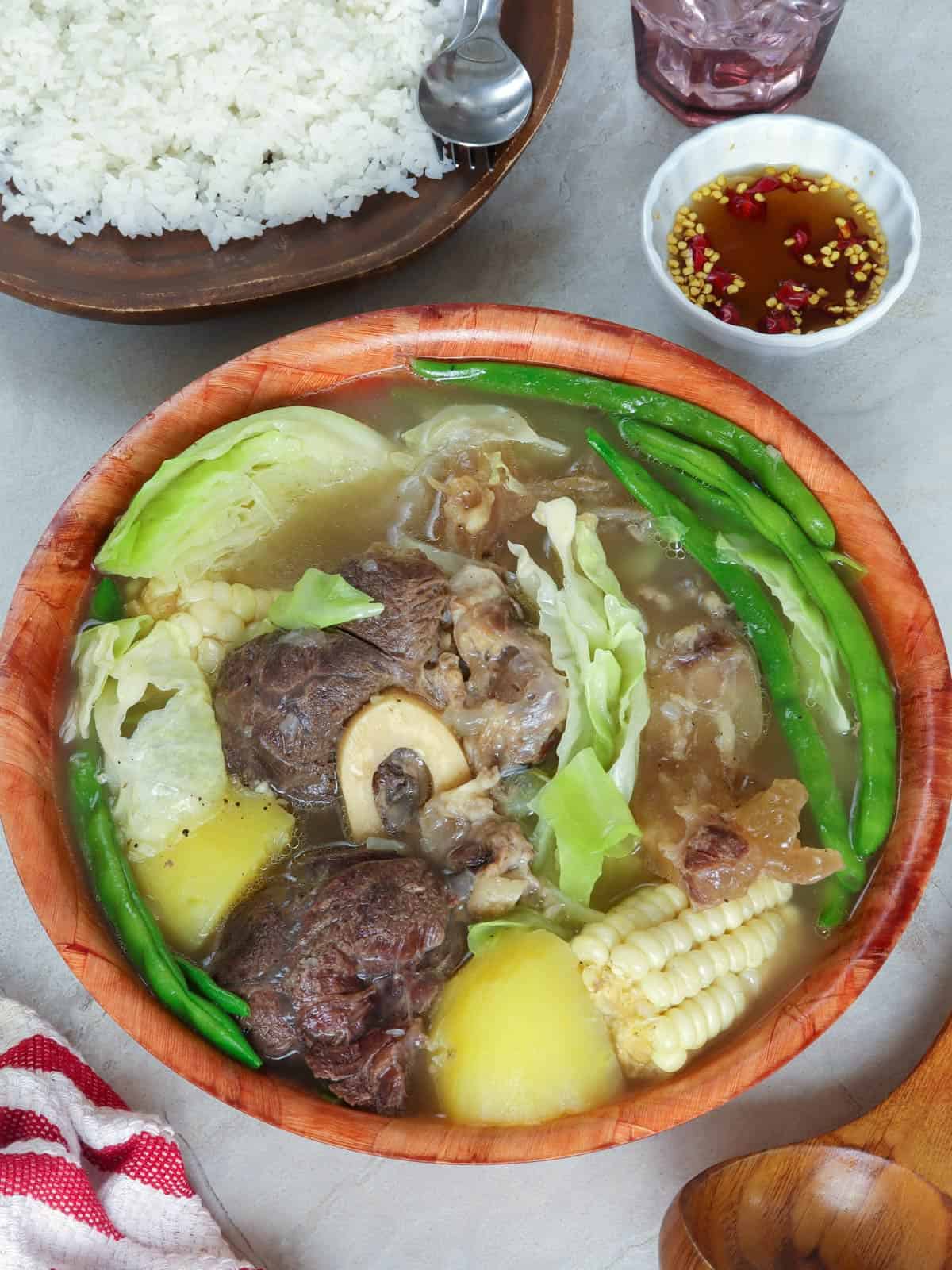
It's been raining hard since late this afternoon here in our neck of the woods, so I thought I'll update the photos and repost this nilagang baka recipe. Because what better way to warm our bellies on a cold, rainy day than a piping-hot bowl of beef soup?
What is Nilaga
Nilaga, which means "pinakuluan" or "boiled," refers to Filipino meat and vegetable soup where chunks of beef, pork, or chicken are cooked in seasoned broth until fork-tender. Quartered onions, peppercorns, and fish sauce add flavor to the soup while abundant local produce such as potatoes, corn, cabbage, pechay, green (Baguio) beans, and carrots turn it into a hearty one-pot meal.
Adapted from the Spanish cocido, this boiled soup has taken root in the Filipino food culture as the epitome of comfort food. It's commonly prepared and enjoyed on rainy days to ward off the cold or on special Sunday meals when the whole family gathers in the ancestral home.
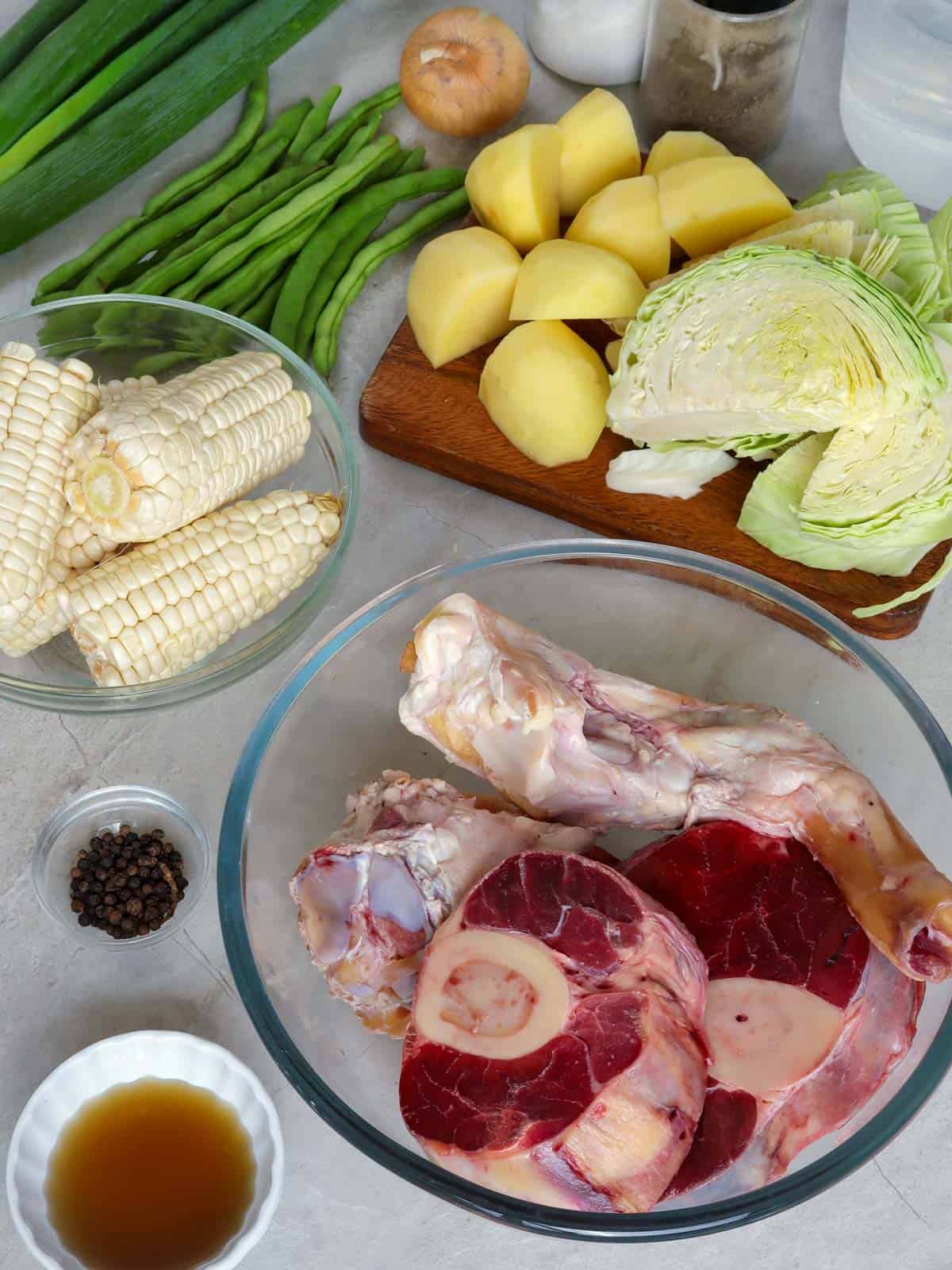
Beef cut to use
Use meat high in connective tissues such as beef shank and tendon for a gelatinous and full-bodied broth. Tough, sinewy, or bony cuts such as brisket, chuck, ribs, or neck bones are also great options in making a tasty nilaga.
These cheaper and tougher cuts of meat break down in the low and slow cooking process and become tender while infusing the soup with flavor.
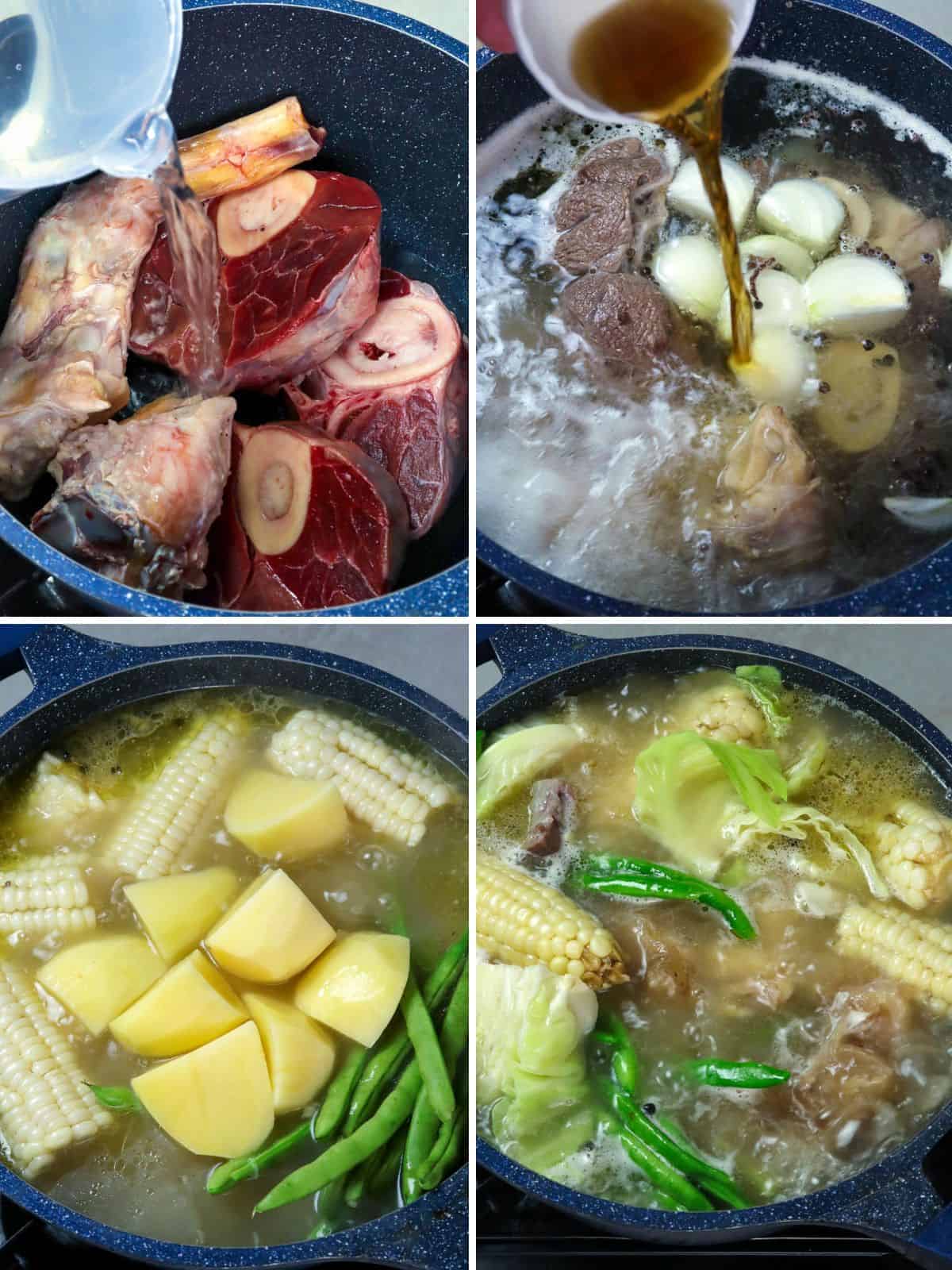
As with any good soup, the broth is the heart of this beef nilaga. To ensure it's clean and bright, tend to it closely, especially during the first initial minutes it is brought to a boil, and religiously skim the scum that floats on top. Once free of froth, lower the heat and ensure it doesn't rise to more than a simmer.
For a sediment-free soup, you can also blanch the meat and bones to help remove blood, coagulated protein, and any impurities that may cloud the stock. It's an optional step, but it does make for a clearer broth.
How to blanch meat
- Place beef in a pot with enough cold water to cover. Bring to a boil over medium heat, skimming scum that floats on top.
- Drain the meat, discard the liquid, and rinse the meat and pot well.
- Return the rinsed meat to the pot, cover it with cold water for the second time, and cook the soup as directed in the recipe below.
Quick tip
Since beef tendons are tough and fibrous connective tissues, they are almost impossible to cut uncooked. Ask butcher to slice tendons into pieces or halfway during cooking and when tendons are soft enough to slice through, remove from pot, cut into serving parts and then return to pot to continue to cook.
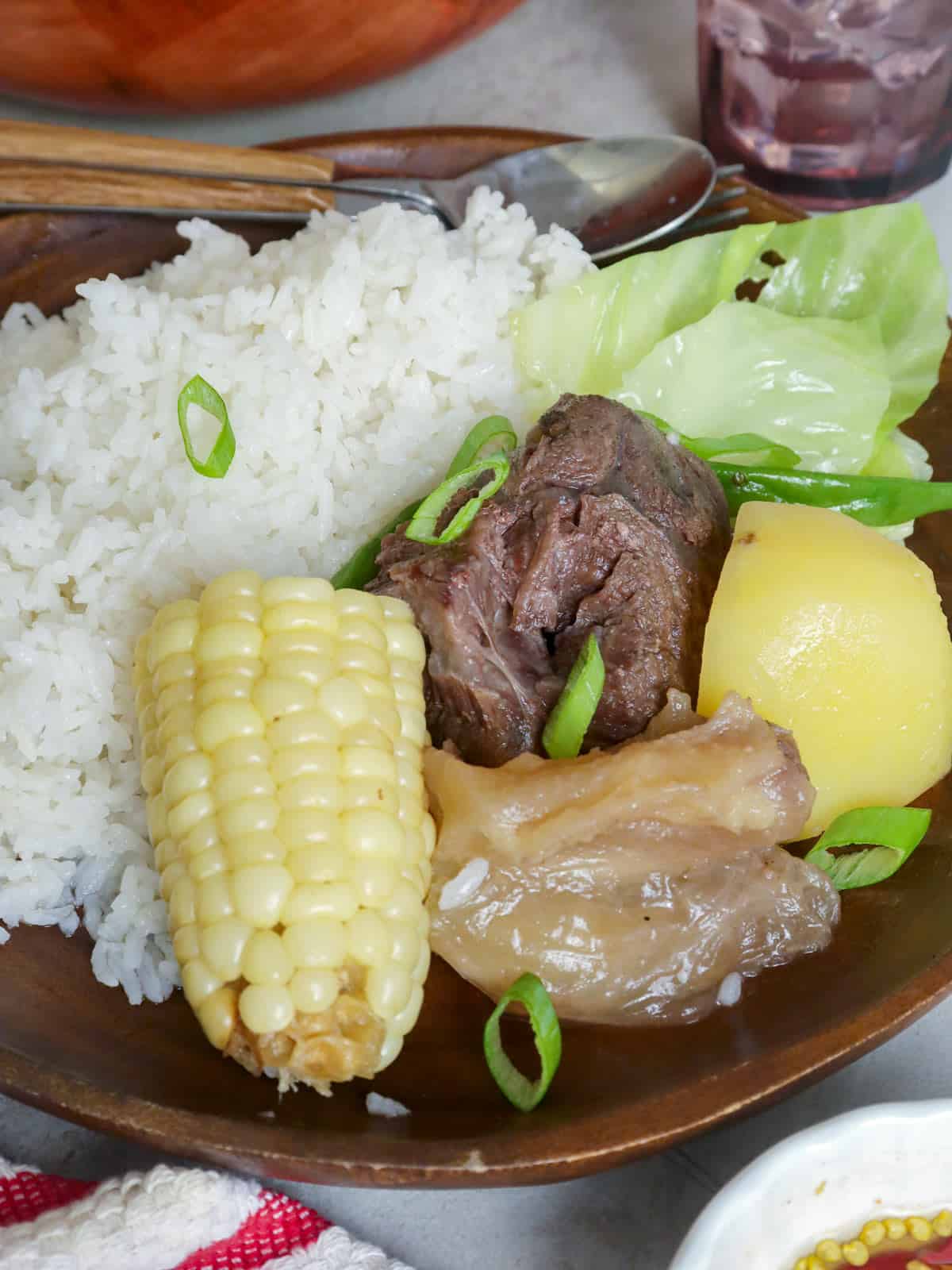
How to serve
Although the beef soup is a complete meal and can be enjoyed on its own, it's traditionally served with steamed rice on the side along with patis (fish sauce) to dip in the succulent meat and tender-crisp vegetables. It's also customary to provide an extra helping of the hot broth in a separate mug or bowl to slurp while partaking in the meal.
Storage instructions
- Store leftovers in an airtight container and refrigerate for 3 days or in the freezer for up to 2 months.
- To reheat, place in a pot and warm over medium heat to 165 F. Or heat in the microwave at 2 to 3-minute intervals, stirring after each interval.
If you want more ways to cook nilaga, check out this pork version with kalabasa and pechay. Enjoy and stay warm!
More soup recipes
Ingredients
- 2 pounds beef shanks, bone-in
- 1 pound beef tendons
- 8 cups water
- 1 large onion, peeled and quartered
- 1 teaspoon peppercorns
- 2 tablespoons fish sauce
- 3 corn, husked and cut into halves
- 2 medium potatoes, peeled and quartered
- 1 small cabbage, cut into wedges
- 12 green beans, ends trimmed
- salt to taste
- green onions, optional
Instructions
- In a pot, combine beef shanks, beef tendon, and water. Over medium heat, bring to a boil, skimming scum that floats on top.
- When clear of froth, add onions, peppercorns, and fish sauce.
- Lower heat, cover and cook at no more than a simmer for about 2 to 2 ½ hours or until shanks are tender and tendons are soft. Add more water as needed during cooking to maintain about 6 to 7 cups.
- Add corn and cook for about 5 to 7 minutes.
- Add potatoes and cook for about 5 minutes or until almost tender.
- Add green beans and cabbage and cook for another 2 to 4 minutes or until vegetables are tender yet crisp.
- Season with salt to taste. Ladle into serving bowls and garnish with chopped green onions, if desired. Serve hot.
Notes
Video

Nutrition Information
“This website provides approximate nutrition information for convenience and as a courtesy only. Nutrition data is gathered primarily from the USDA Food Composition Database, whenever available, or otherwise other online calculators.”

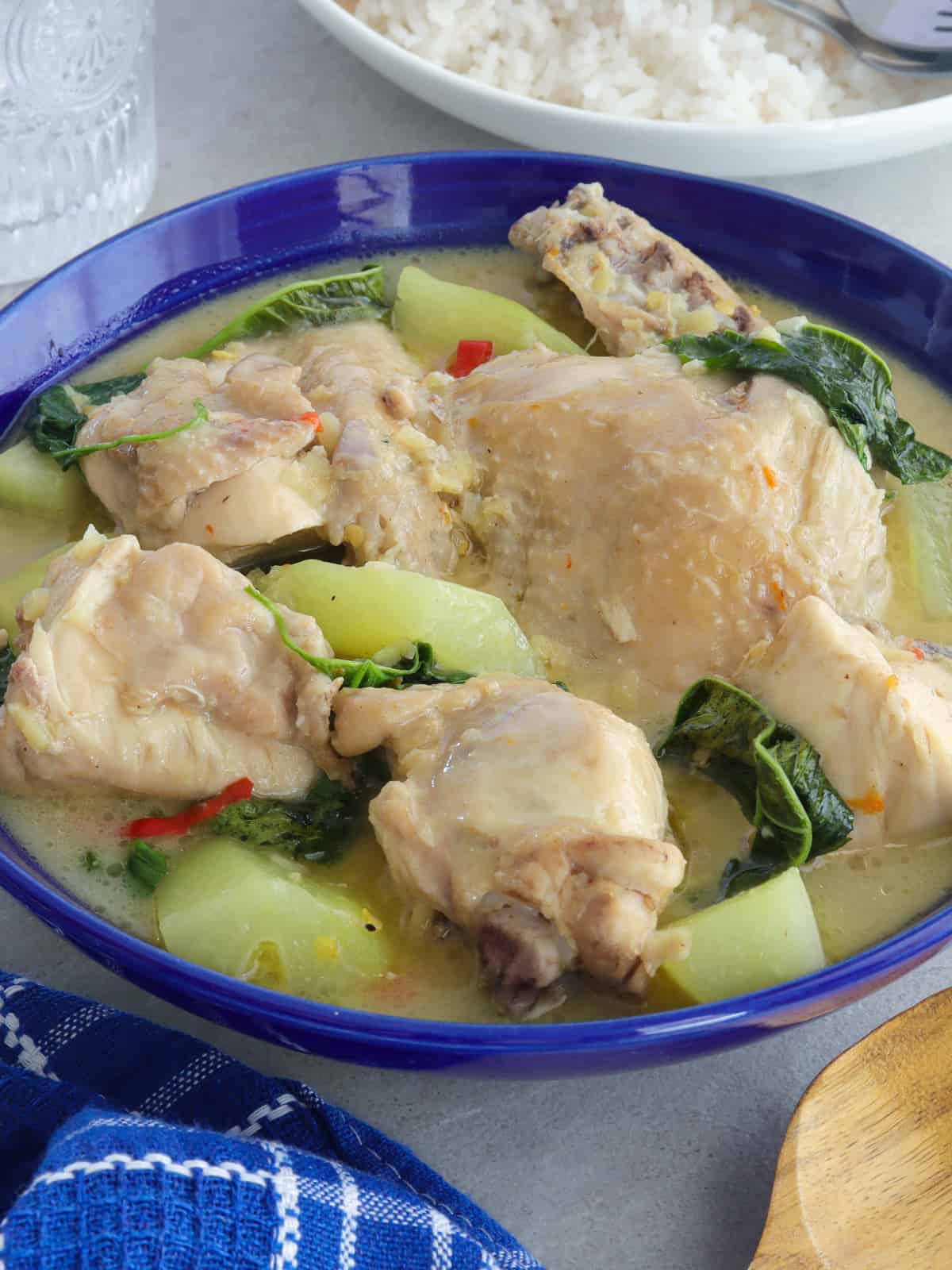
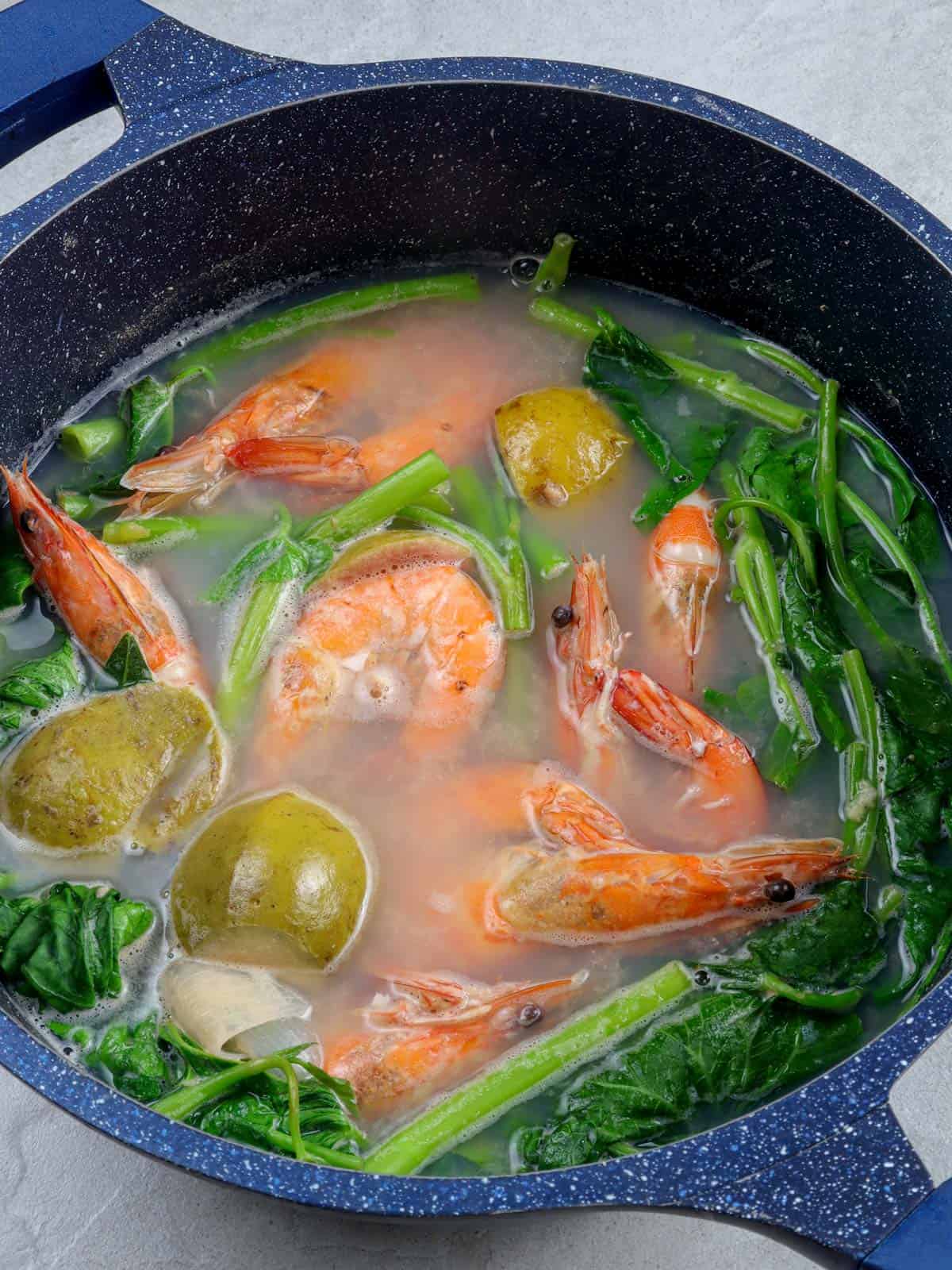
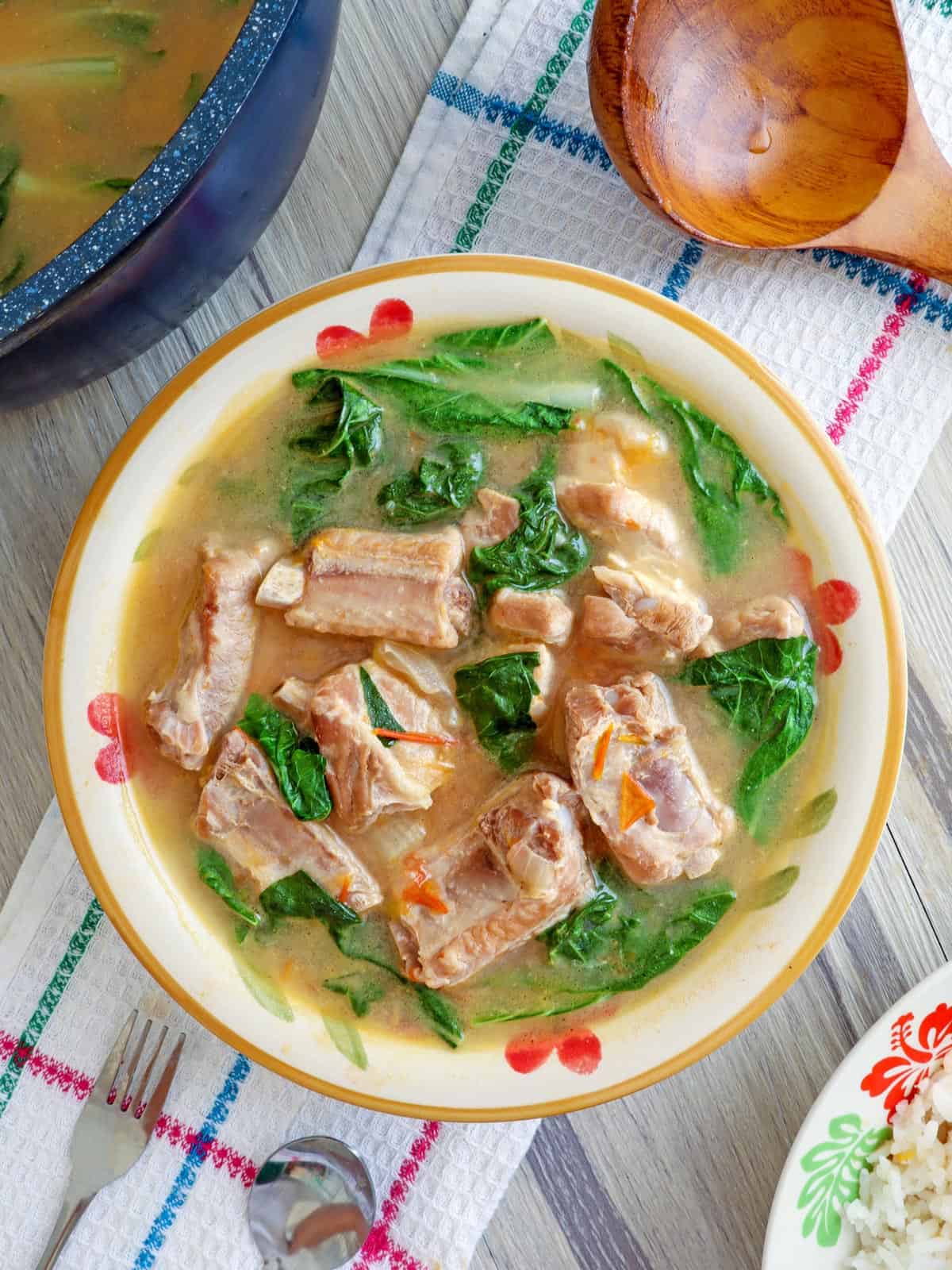
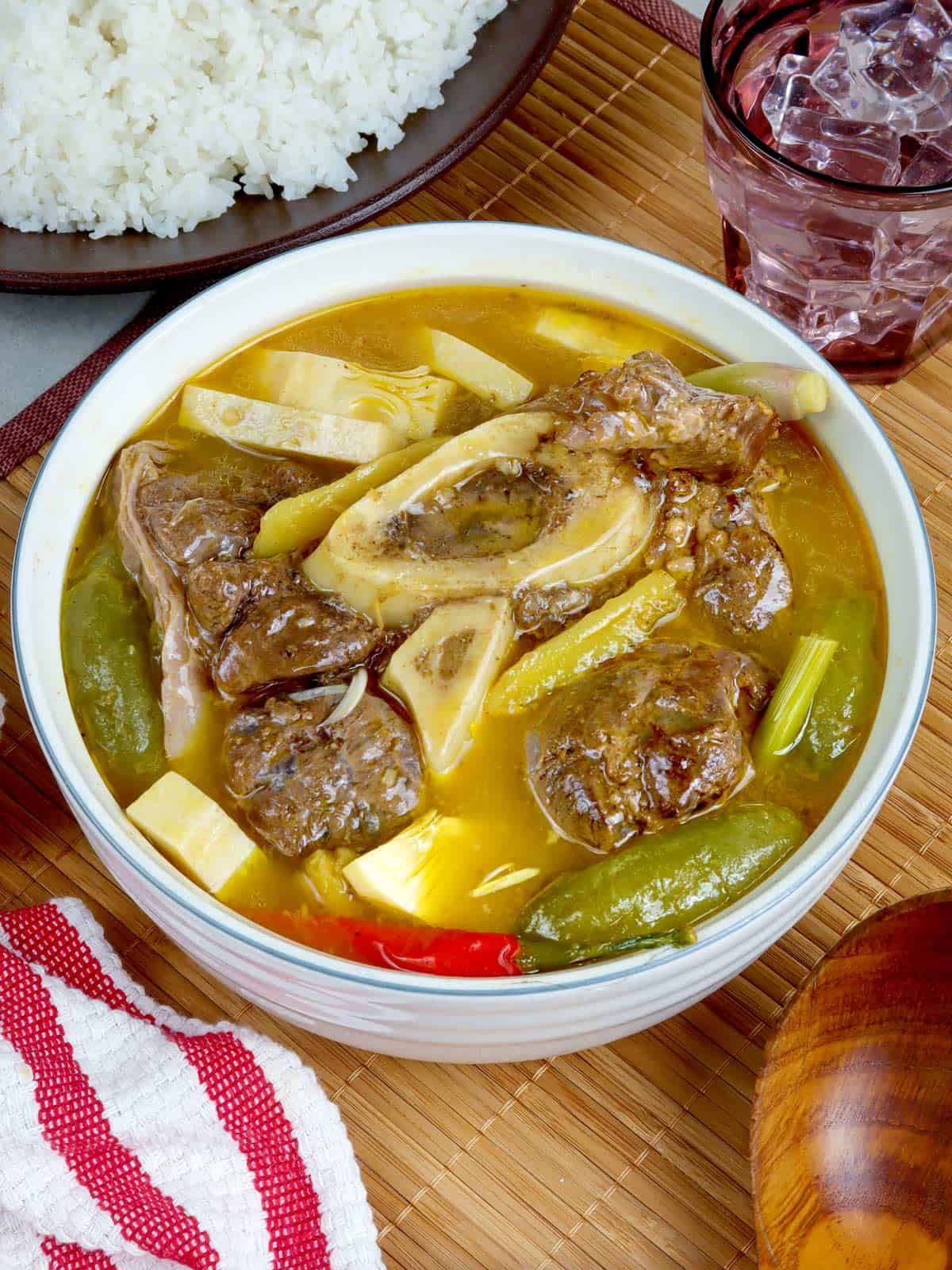
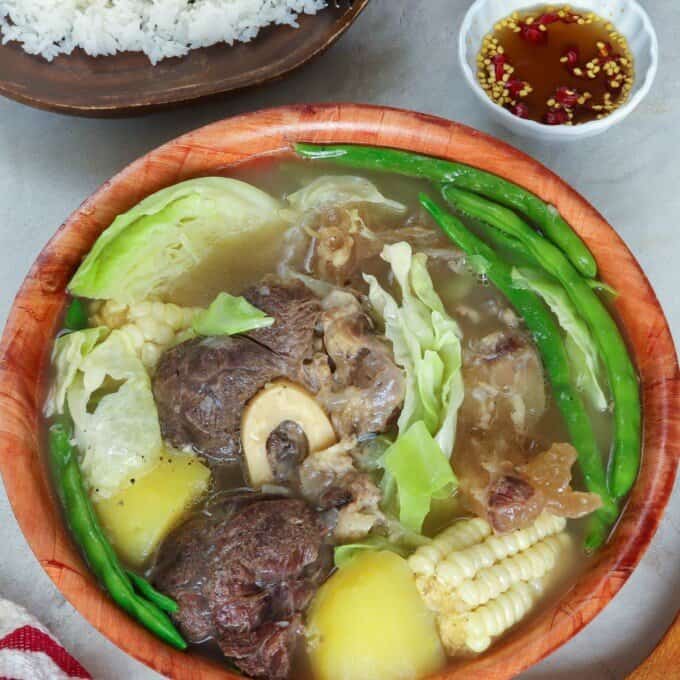
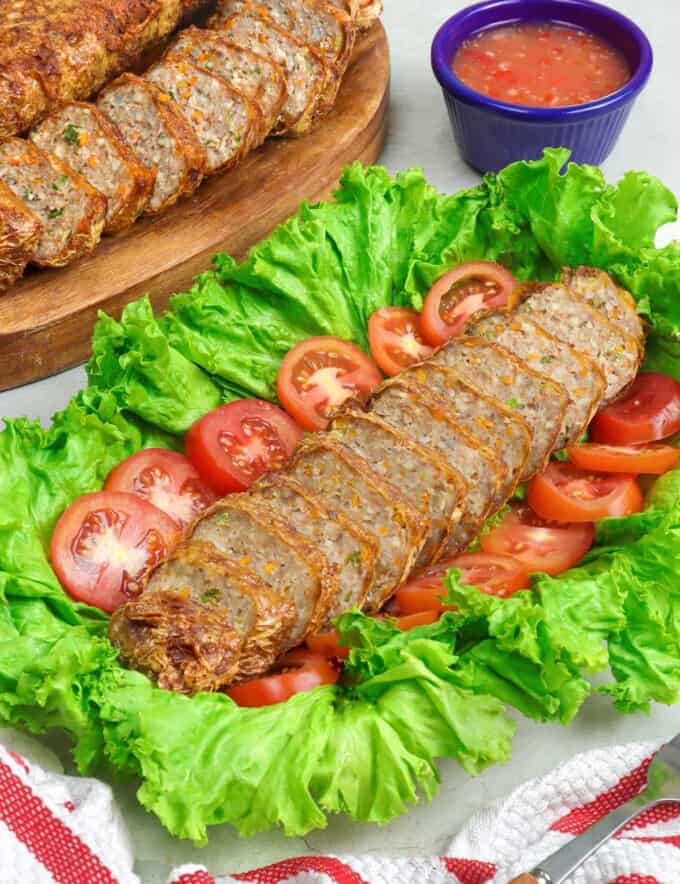
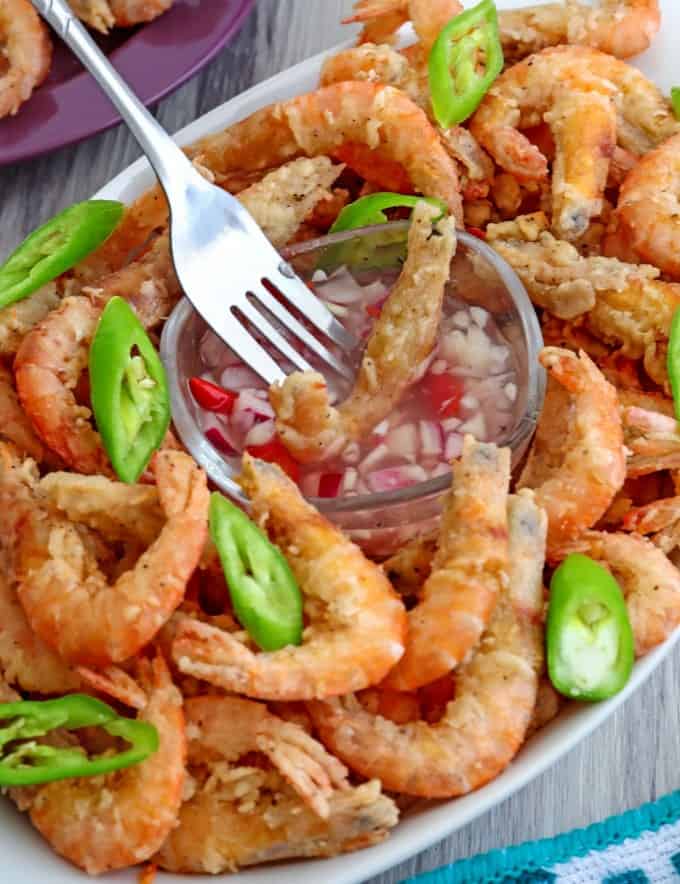
Ernestas says
I've used beef meaty bones and osso buco instead, turned out delicious!
G Nei says
I have little soup left but lots of meat and veggies. After adding water, what else should I add to creat the same tasting soup?
William DeBerry says
I made this for my Filipino girlfriend and she said it reminded her of home. This one goes in my cookbook. Thank you for sharing.
william says
exellent dish easy to cook and prepare . i cooked this for my wife who is a filipina and she loved it or so she said ha ha ha .
Mel says
Isn't this recipe more bulalo than nilaga? I don't remember corn in nilaga either. Thanks for clarifying.
william says
exellent dish easy to cook and prepare . i cooked this for my wife who is a filipia and she loved it or so she said ha ha ha .
domingo says
Dito sa Jersey City, 4 na restaurant na nagluluto ng nilagang baka, masarap, tulad ng luto sa
bahay sa PHILIPPINES.
Pero kung nagluluto kami dito sa JC sa bahay ng nilagang baka, hindi kasing sarap ng luto sa
restaurant.
I strongly believe that restaurants use bechin or GMO, maski na sinasabing hindi sila naglalagay ng GMO.
You know what is true and what is not.
Lorena says
Maraming salamat for this absolutely delicious comfort food. Your recipe is so easy to follow and it is a big hit! Tastes like home for sure. This is my tried and proven recipe of nilagang baka that I have used many times.
Rodel c legaspi says
I like your recipe maam lalaine, its all natural,unlike yung iba po ay laging may halong broth or cubes. Thanks po sa recipe
Celeste G Klinger says
I always refer back to this recipe when I’m craving, but do you have an Instant Pot version, by chance?
Lalaine Manalo says
Working on it 🙂
Ralph says
Why would blanch the meat first?
Lalaine Manalo says
So the broth will be clearer and sediment-free 🙂